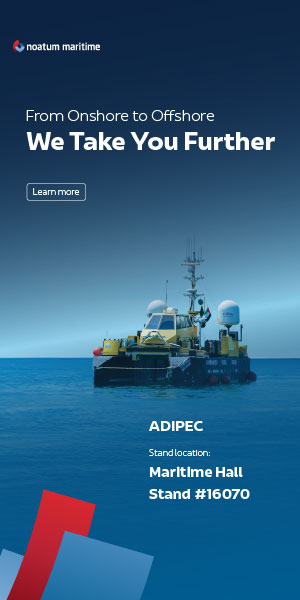Egypt plays a pivotal role in the Middle East because of its history, location, and military strength.
p>Egypt plays a pivotal role in the Middle East because of its history, location, and military strength.
So whenever its stability is threatened, as it has been by street protests, tremors can be felt in the wider Middle East that includes North Africa, the Horn of Africa, and the Persian Gulf. Ripple effects reach even further.
The political unrest in Egypt has stoked many fears, among them one that has to do with the country's role as an exporter of natural gas and a transit corridor for international shipping, including oil and gas from the Persian Gulf to the Mediterranean.
Egypt's gas output more than tripled in a decade, from close to 17 billion cubic meters (Bcm) in 1999 to nearly 63 Bcm in 2009. It exported 18.6 Bcm in 2009, much of it as liquefied natural gas (LNG) to the United States, Spain, and France. Top importers of Egyptian gas via pipeline were Jordan, Israel, and Syria.
In 2010, Egypt's LNG exports fell to 9.5 Bcm from 13.5 Bcm in 2009. Most of these shipments went to Spain, the United States, and South Korea. Israel received an estimated 2 Bcm of pipeline gas in 2010, up from 1.7 Bcm a year earlier.
There is no sign so far that Egypt's gas production, liquefaction facilities, or pipeline operations have been compromised by the political unrest. Yet there is concern among importers at even the remote possibility of a disruption.
Egypt's oil production has fallen from over 900,000 barrels per day (bd) but is still slightly above domestic consumption.
Egypt's oil output in 2010 totaled 740,000 bpd, down from 750,000 bpd a year earlier. Domestic demand fell to 721,000 bpd in 2010 from 725,000 bpd in 2009.
The Suez Canal is one of the world's major shipping conduits, linking the Red Sea to the Mediterranean. When it comes to oil tankers, the canal cannot handle the very largest, which are very large crude carriers and ultra-large crude carriers.
In 2009, 34,456 ships transited the canal and 2,699 of those were oil tankers. The volume of crude oil that transited the canal totaled about 585,000 bd, down from 1.16mn barrels per day (mbd) in 2008.
Liquefied natural gas traffic through the Canal rose to 17.5 million metric tons (mt) in 2009 from 12.2 mt a year earlier as new trains started up in Qatar. It is still too early to tell who will prevail and what the political and economic consequences will be.








